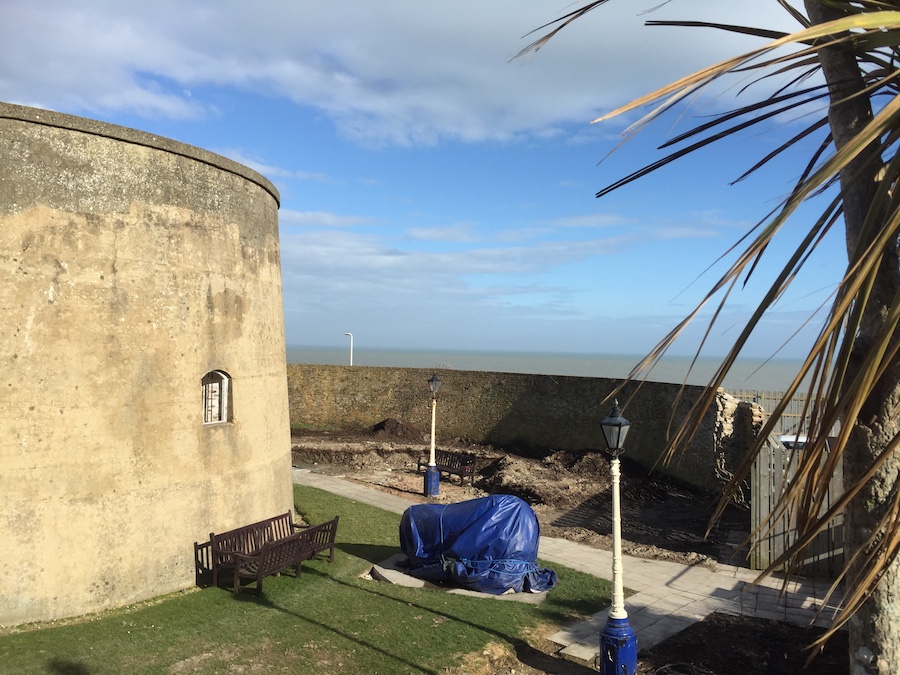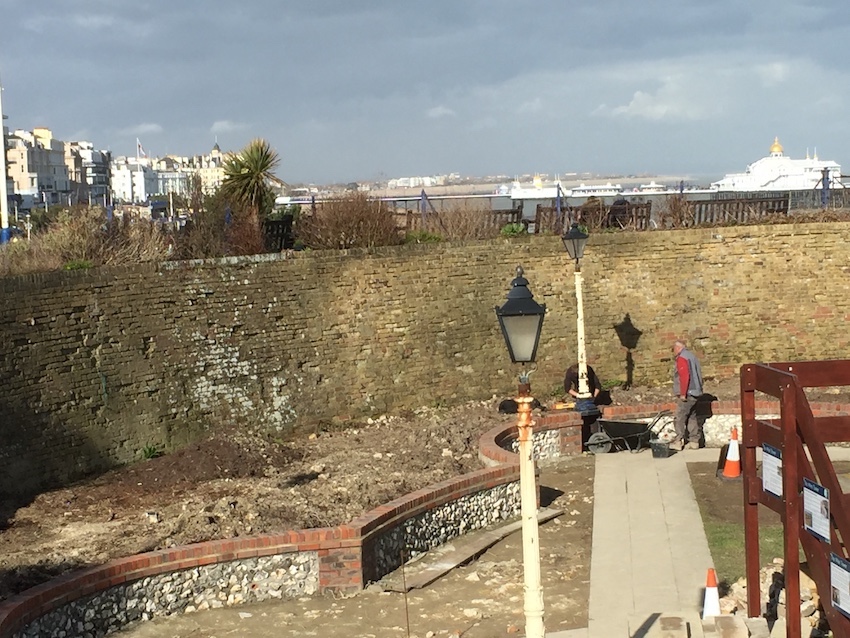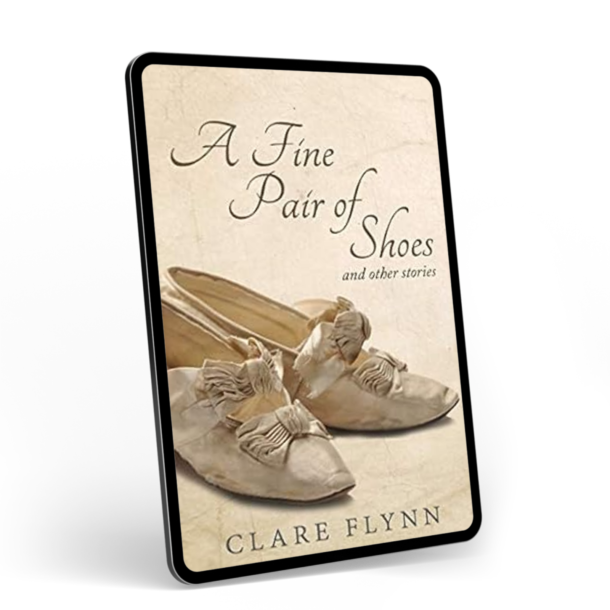Those people who did know about the town’s bombardment tended to think that it was the odd stray bomb “dumped” by the Luftwaffe on the way home after the London Blitz. In fact the bombing of Eastbourne began before the Blitz and continued in periods when Hitler had stopped or set aside his blitzkrieg of the capital. The first bombs fell on Whitley Road and St Philip’s Ave on a Sunday morning, 7th July 1940, exactly two months before the London Blitz began. A Dornier 17 dropped a stick of ten bombs and this first raid took two lives and destroyed a number of homes.
In these early bombings it was probable that Germany saw Eastbourne as a legitimate target – wanting to soften up the south coast ready for the planned invasion of Britain, Operation Sea Lion. But when this was called off in October 1940 the bombing continued. By then the town had been subject to a broadscale evacuation, leaving only a civilian population of around thirty thousand people. It was from this small caucus of civilians that, by the end of the war, some one hundred and eighty civilians deaths and over four hundred injuries occurred, some of them children.
I have written about this in more detail in other blog posts such as this guest post on the Women Writers Blog
The reason for today’s blog post is to talk about the efforts in the town to create a lasting memorial to those one hundred and eighty people. Back in 1961, Gilbert Foyle, co-founder, with his brother, of Foyles Bookstore in the Charing Cross Road, donated a substantial sum of money to Eastbourne Council to build the Wish Tower Café and Sun Lounge to commemorate the war dead and represent a peaceful place close to the sea for people to enjoy a cup of tea and perhaps linger to read a book. Over the years, the council allowed the place to sink into disrepair and eventually it was demolished. Much debate has ensued since, both as to the future of the site and to the need to create another more permanent memorial to the dead.


I will post an update after I’ve met with John. Meanwhile if anyone wishes to make a contribution to the fund – no matter how small – you can do so care of Just Giving
The bombing of Eastbourne was no minor event. It changed the lives of so many people in this town. Stories abound of what people endured. Women pushing prams along the street were forced to duck for cover as low flying planes tried to strafe them with machine gun fire. Marks & Spencer was bombed while the store was filled with people doing their Christmas shopping on December 8th 1942.
I am glad that in writing The Chalky Sea I might have helped bring the truth about what happened here in this small coastal town to a wider public – indeed across the world. Here are a few extracts from reviews of the book which show how the story of Eastbourne has now hit home to people from all parts of the globe.
The historic reality of the bombings and attacks they were subjected to in Eastbourne helps us understand what it must have been like to face the uncertainty of war when you are civilians. World War II was brought home to the innocents.”
I found it extremely interesting to learn about how the war affected the Sussex town of Eastbourne.
Set mainly in the seaside town of Eastbourne which was heavily bombed by the Germans.
The characters are very credible, the book is well written and contains lots of historical facts.
Interesting and captivating read.


I don’t usually text reviews (even when I really like a book) but, I just couldn’t pass after finishing
“The Gamekeeper’s Wife”.
Excellent (read it in one day), not knowing exactly what would happen next.
Thank you! So pleased you enjoyed The Gamekeeper’s Wife